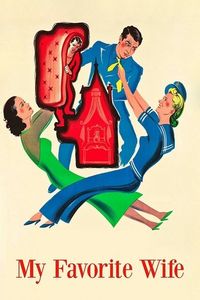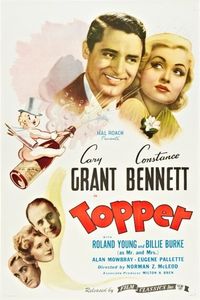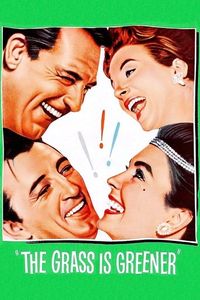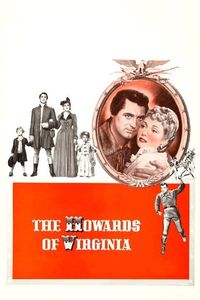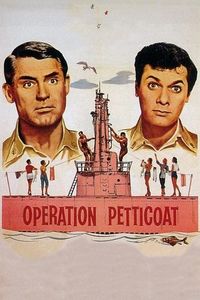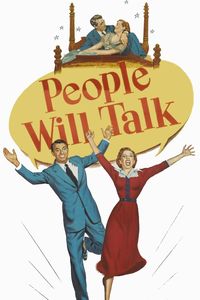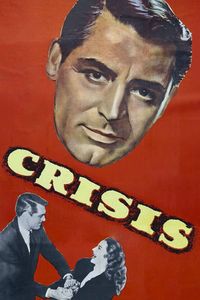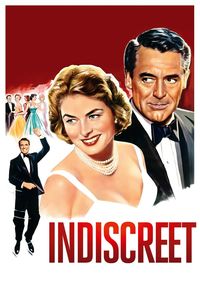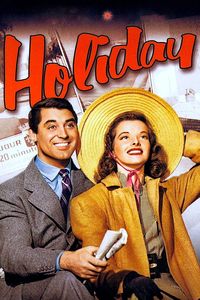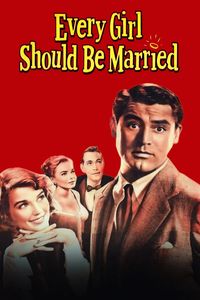Simon & Schuster, 2020, 576 pages, C$47.00 hc, ISBN 978-1501192111
Whenever people find out I’m a big Classic Hollywood fan, one of the questions I often get is “Who’s your favourite actor?” Trying to explain that there’s a lot of them and picking one would be incredibly reductive takes too long, so I’ve gotten in the habit of answering, “Cary Grant.” It’s not only true, but it’s also a pretty safe choice, as these things go: Unlike other actors who had more range or a deeper craving for dramatic depth, Grant usually played the same kind of likable character. Intensely charming to the point where calling him a paragon of charisma is underselling it, Grant’s on-screen image remains remarkably timeless. The epitome of Classic Hollywood, Grant was the kind of person for whom someone came up with the old saw, “men wanted to be him; women wanted to be with him.”
That Cary Grant wasn’t born Cary Grant was not a secret. Any half-decent studio-approved profile of him during his working career usually mentioned that he was born Archibald “Archie” Leach in lower-class Bristol. What’s more, there are at least two explicit references to Leach’s “death” in Grant’s films (visual in Arsenic and Old Lace, spoken in His Girl Friday). The man who would become Cary Grant reinvented himself once he got to Hollywood — and (decades later) legally changed his name the day he became an American citizen. But as Scott Eyman demonstrates in the exemplary Cary Grant: A Brilliant Disguise, the gulf between the man and his screen person was never wider than the one between Leach and Grant. You can certainly interpret his life in three acts as he became Grant in name, struggled to keep up with his screen persona, and finally managed to close the gap after retiring from acting.
The facts of Grant’s life are easy enough to grasp from Wikipedia’s blandly descriptive article. Joining a musical hall troupe and travelling to America to escape a poor upbringing (and terrible family dynamics — his mother committed to an asylum by his father, who led the young Archie to believe she was dead), he arrived in Hollywood at the beginning of the sound era, where an apprenticeship from 1932 to 1936 led to an incredible string of successful performances in romantic comedies from 1937 to 1944. His stardom thus assured, Grant kept going through familiar motions for a few years until a hiatus in 1953. Called back to the big screen by Hitchcock after some globetrotting, his next few projects revived his career and gave him another run of great movies from 1955 to 1963. Unusually enough, Grant decided to retire in 1966—years before invalidity or box-office irrelevance and, incidentally, the year before Hollywood completely changed with the arrival of New Hollywood. His next twenty years were spent doting on his daughter and reinforcing his second career as a businessman, only infrequently acknowledging his past as a movie icon. Despite two nominations, Grand never won a competitive Oscar — he was awarded an honorary one in 1972. He died of a sudden cerebrovascular incident in 1986, in a small town where he was slated to attend an intimate Q&A event.
But those facts barely scratch the complexity of the man. While audiences always expect a difference between actors and the character they play, the gulf between Leach and Grant was stark. Even before discussing Grant-the-character, Grant-the-actor was a deliberate creation of Leach-the-man: Taking bits and pieces of other people he admired upon his arrival in Hollywood, he built a refined, sophisticated persona that he then spent years trying to become. The difference could be seen through exceptional insecurity, lower-class reflexes at odds with his status as a superstar actor (such as an aversion to spending money) and a strong self-loathing of his profession. In later years, Grant wouldn’t spend much time associating himself with classic Hollywood, nor would he encourage his daughter to follow in his footsteps.
Eylman delves deep into Grant’s life throughout the book. Already familiar with the Classic Hollywood era, he’s able to properly contextualize Grant’s films and career against a backdrop of studio contracts and an evolving industry. Nearly ever Grant film is described with entertaining production notes and box-office results, tracking the genesis of projects and their impact on his life and career. On a personal level, the biographer is able to follow Grant’s quirks and lifestyle (such as his never-finished Hollywood mansion, and his more easygoing life in Palm Springs). Grant was a man of substantial complexity, and A Brilliant Disguise manages to portray his contradictions with some finesse: he was at once incredibly cheap (to the point of nickel-and-diming guests) and incredibly generous, sending gifts and substantial amounts of money to friends and people in need. Much has been made of Grant’s sexuality over the years, and while Eyman finds plenty of evidence to suggest that Grant was variously bisexual at times during his life (including some late-life confessions that he had same-sex flings as a young man, but preferred heterosexual relationships the older he got), he’s on much more interesting ground in telling us that “Grant was on nobody’s team but his own.” Five marriages are enough to be intriguing on their own.
Still, the main psychodrama running throughout the narrative is one of dissociation and eventual reintegration between Leach and Grant. You may expect the biography to be over by the time Grant retires from acting and stops talking about Hollywood but there’s still a good hundred pages or so describing Grant as an older man, clearly more at peace with both halves of himself than he’d even been. He becomes relaxed, generous, just as charming but now with the knowledge that he had nothing further to prove. There’s a rather likable atmosphere in those later chapters, as Grant obsessively documents his daughter’s life, flies to business meetings around the world and occasionally acknowledges his film accomplishments. Grant’s late-life Q&A sessions would have been unthinkable earlier during his life when he was a master of the no-answer interviews revealing little about himself.
Fans of Old Hollywood will find plenty to like here, whether it’s the clear backdrop of how Hollywood changed from 1930 to 1965, or the appearances by other Hollywood celebrities. Eyman is too good to indulge in unverified gossip — the anecdotes here are telling without being salacious. Still, I did not expect to read about Grant smashing Oscar Levant’s parked car with his own in a fit of jealous rage over the same woman. The book is intelligible to all, but most clearly aimed at those with some familiarity with Grant and his era of stardom. I found quite a few new revelations here—including the strong suggestion that Grant worked with British movie mogul Alexander Korda during WW2 in helping the British intelligence services keep tabs on Hollywood—Eyman uncovers enough details in Korda’s FBI file about his American intelligence operation and a curious sudden end to Grant’s attempts to serve the war effort to suggest that Grant eventually found covert employment—although proof remains elusive and possibly unattainable.
As far as biographies go, Cary Grant: A Brilliant Disguise meets the gold standard of the genre. Exceptionally well-researched yet compellingly written to give us a great glimpse at the man and his times, it’s a captivating portrait of Cary Grant and his evolution. It’s terrific reading, with the only hiccup being the use of unfamiliar expressions probably stemming from Leach’s working-class English background. It’s good enough that readers will feel as if they have a good working approximation of Grant in their heads by the time the book is over. While I’m not quite an authority on the subject, it does feel like a definitive biography — it sets a very, every high bar for any subsequent effort.
